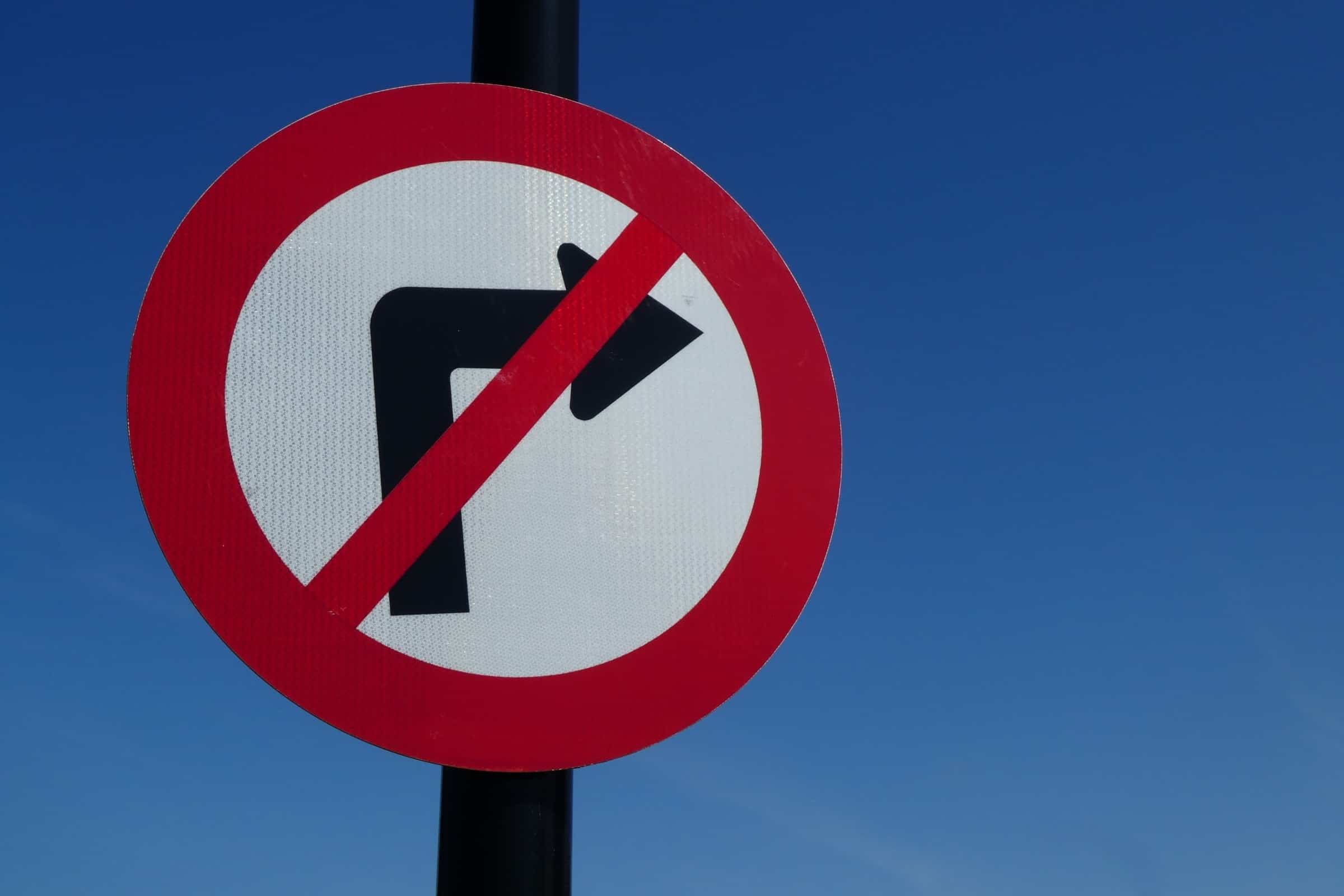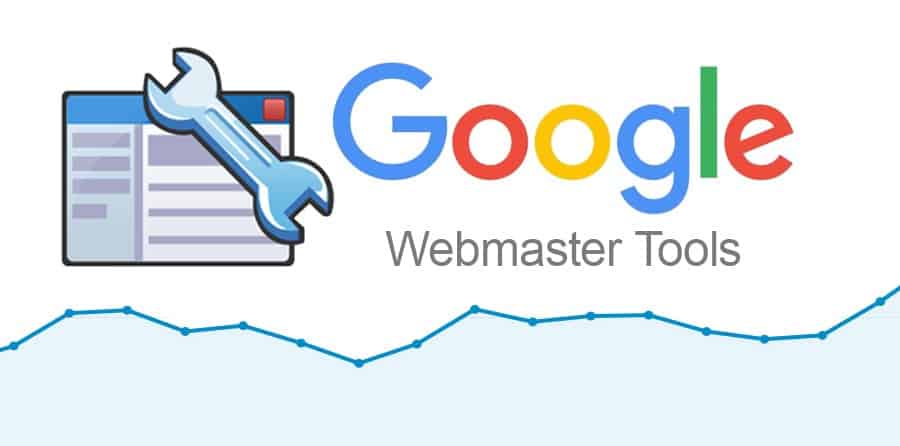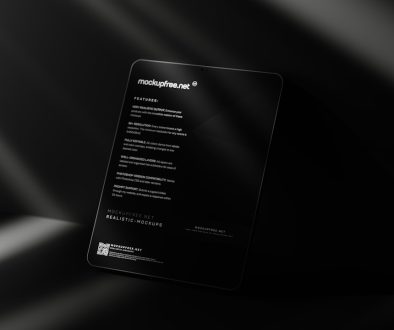Top 5 Ways to Handle 404 Errors
Even if you are completely illiterate in programing and internet lingo, there is one code everyone knows about – the 404 error code.
Besides that one, there are a lot of different status codes you can run into when using your computer or any device with access to the internet.
These status codes are usually something you are seeing for the first time in your life and hopefully won’t ever see again. But the code we all know too well is the 404.
The 404 is an HTTP status code. The HTTP stands for “Hypertext Transfer Protocol” which is the basis of the World Wide Web.
To keep it simple, let’s just say that the name refers to the hyperlink system of navigation we use on the internet.

In general, there are 5 groups of HTTP status codes, and they go from 1 to 5 respectively.
And while the first three are basically markers for the different phases of your request, the 4xx and the 5xx groups are the biggest and they relate to problems with your request.
To be more specific, the 4xx errors are called “Client errors” and refer to problems with opening a page on an existing and reachable server, while 5xx errors refer to problems reaching the server itself.
Each error has its own reason phrase which indicates what problem has occurred. For example, the 404 error carries the reason phrase “Not found”.
Another thing you should know about the 404 error is that it is the most common error which has become a staple of bad luck and misunderstanding. In fact, the “404 error” experience is so common and widespread that it has become a mainstream meme.
What Causes a 404 Error?

So, what is the cause of a 404 error? Well, as we said earlier the 404 error is a client error, which means there is a mistake on the user’s part.
That mistake is usually a misspelled URL, but another reason for the error could be a moved or removed page.
Meaning, that the page you are looking for was in fact an existing page, but for whatever reason, it is not there anymore.
The 404 error page appears just as any other webpage would appear in a browser, which means that the 404 page is fully customizable.
This could be a great chance for the owners of the website you are trying to find to be creative or even a little humorous in an inconvenient situation. Some companies even use the 404 error page to strengthen their brand image through clever wordplay or visuals which make fun and memorable 404 pages.
Also, some websites incorporate a simple game into their 404 pages. For instance, the “Hidden game” in an error page is something Google started a while ago with their “Dinosaur Game” that pops up whenever there is a connection error with your internet.
How to Fix a 404 Error?

Well, some errors are here to stay with us. For instance, a certain amount of misspells will always happen and there is not much we can do about it. Except turn it into humor when we have the chance.
So as far as the “client” side of things goes, there is nothing you can do. However, if you are running a website, you should do your best never to contribute to this problem.
If we disregard the incorrect URL requests all that is left are the situations in which the page has been moved, it’s your responsibility to redirect your users to an alternative page. Otherwise, they will be greeted with a 404 error.
Remember, matter how accustomed people get to the 404 errors, they will always irritate. Why?
Well, when users encounter a 404 page, they will undoubtedly bounce and this is not what you want. Also, Google keeps a strict eye on all the metrics when it comes to site interactions and performances. Meaning hight bounce rates will only hurt your website SEO ranking.
It’s not that Google will punish you because of a 404 error, it’s just that it will always reward sites who do their best to keep their users satisfied.
1. Use Redirects

When it comes to handling 404 errors, your first task should be checking all your pages for needed redirects.
If you have moved one of your pages and haven’t put in place a redirect rule from the previous URL to the new one, your users are going to be hitting a wall.
The best way to do redirections is by using a plugin.
Of course, there are also ways to manually make redirections but using a plugin makes it much easier, faster, and all-around gets you better results.
The best plugin for this job is undoubtedly the WP 301 Redirects plugin.
The WP 301 Redirects plugin allows you to take control of your redirects and organize them in a matter that makes sense to you. It will automatically redirect your traffic from a 404 error page to a page you want your users to see.
Also, a big plus is that this plugin discerns the crawler bots and their impact on your site.
You see, bots are programs that perform repetitive tasks, and you have probably heard about Google crawler bots. These crawler bots keep track of your page performance and report back to Google SERP Central. This means that they are good bots that help you get noticed and allow users to find you when they need you.
There are also bad bots. These are the bots designed and used by internet fraudsters and cybercriminals. They work in various ways, from creating negative impacts on your marketing analytics to stealing valuable information.
This is why an automatic redirect may not seem like a good idea. Why? Well, if the redirects aren’t filtered all the bad bot traffic might actually be migrated to the last place they should be visiting, your pages with valuable information.
But the WP 301 Redirects plugin takes care of that. It filters bots and ignores the bad ones. That way, bad bots stay on the 404 error page unable to do any harm.
2. Add a Search Bar to Your 404 Page

A great way you can use a 404 error page to your advantage is by installing a search bar on it.
We said earlier that you will have to come to terms with getting a certain amount of 404 errors – the ones that come from client-made mistakes. But maybe you can salvage some of these too.
How? For, example, if a user lands on your website, but on a page, that is “Not Found”, help them find it!
If it is an existing page that the user is unable to find or just a mistake, it doesn’t matter. You have a user on your page and you should assist them!
Adding a Search bar will allow them to navigate around your site until they find something of importance to them.
3. Consult the Google Webmasters Tool

Part of any solution is successfully identifying the problem.
So think about it. How will you know if you are missing redirects? Well, one solution is to use an automatic redirection plugin like WP 301 Redirects.
You can also use the Google Webmasters Tool to see detailed analytics of where your users have landed and bounced from.
Search for the “Crawl errors” menu in the Webmasters Tool and you will see a list of pages that Google thinks should exist but are no longer accessible to its crawlers.
This will be the best way to get an overview of the problem.
4. Implement a Sitemap on Your 404 Page

Another great way to turn your 404 problem intro profit is by implementing a sitemap on your error page.
A sitemap is a menu that contains all the pages of your website in one place in an organized way. The sitemap will allow your visitors to locate where they want to go on your website and navigate from the sitemap to the desired destination.
So instead of having a 404 error page pop up, you should set up a navigation page. This will be a great cost-effective solution for SEO and will hopefully result in a conversion or a sale.
5. Check Periodically

Prevention is the best cure. How so?
Well, usually, users won’t report 404 errors, instead, they will just bounce off your page. It is almost an instinctual move. Blessed are the users that actually report what is wrong with your website with good intent.
So if you can’t rely on your visitors to notify you of errors, you will have to check for them yourself.
We suggest you do it on a monthly basis, this is usually enough for small to medium-sized businesses. On the other hand, if you are a big business it’s probably a better idea to hire someone to take care of all your web problems for you.
Conclusion
404 errors are an inescapable part of the internet, and the best way to take care of them is to make good redirects. But for the errors you can’t foresee, it’s best to use a 404 error page to your benefit.
All in all, we wish you good luck in handling your 404 errors and we hope we managed to teach you something useful through this article!
- Top Tools for Managing Multiple WordPress Websites From a Single Dashboard - September 6, 2020
- Top SaaS Management Tools for Small Business - July 15, 2020
- Best Marketplaces to Buy WordPress Themes - July 8, 2020
Where Should We Send
Your WordPress Deals & Discounts?
Subscribe to Our Newsletter and Get Your First Deal Delivered Instant to Your Email Inbox.



